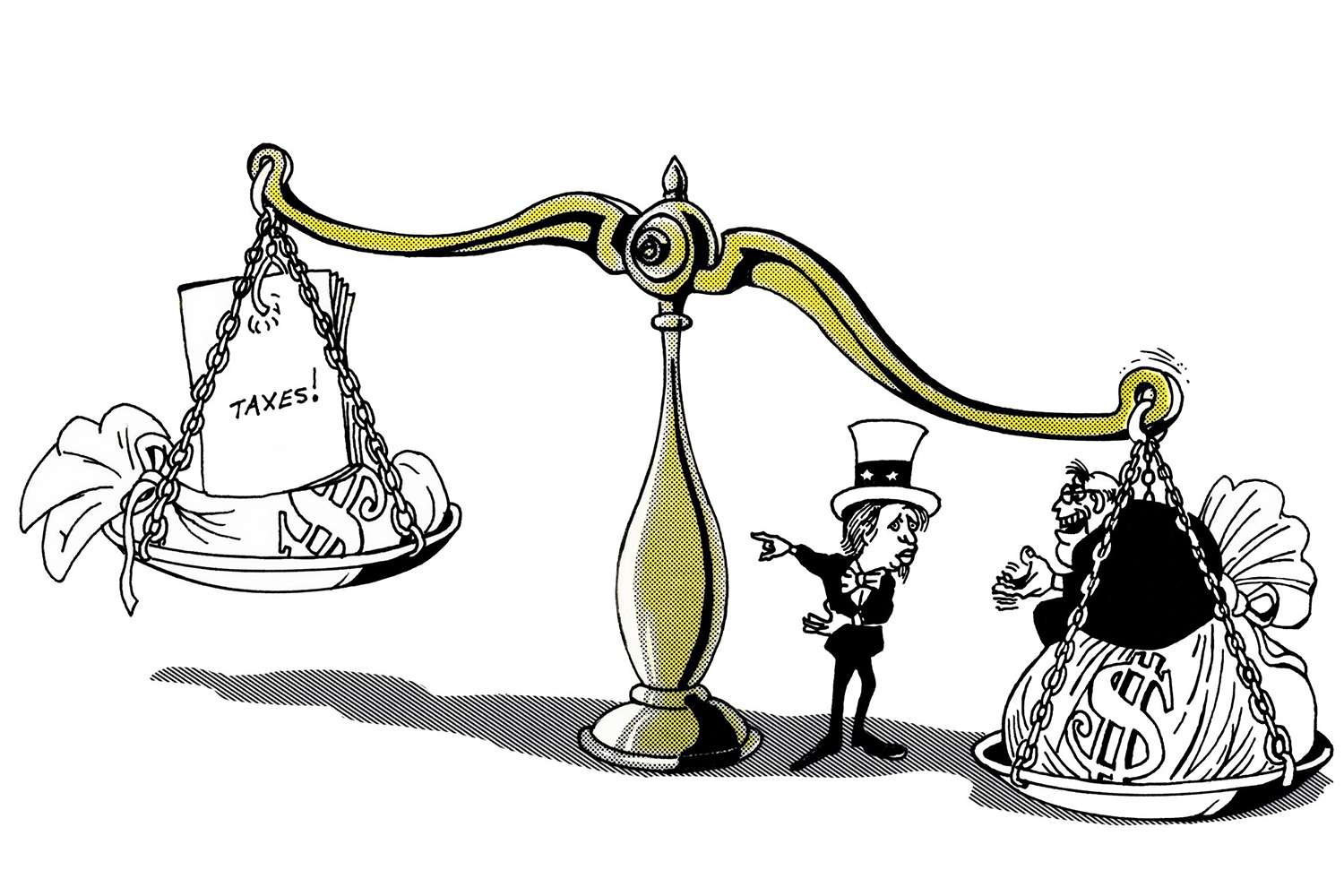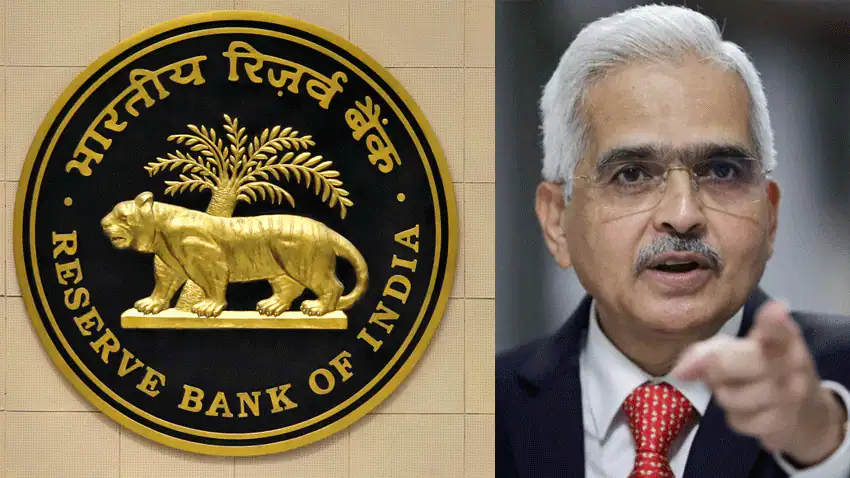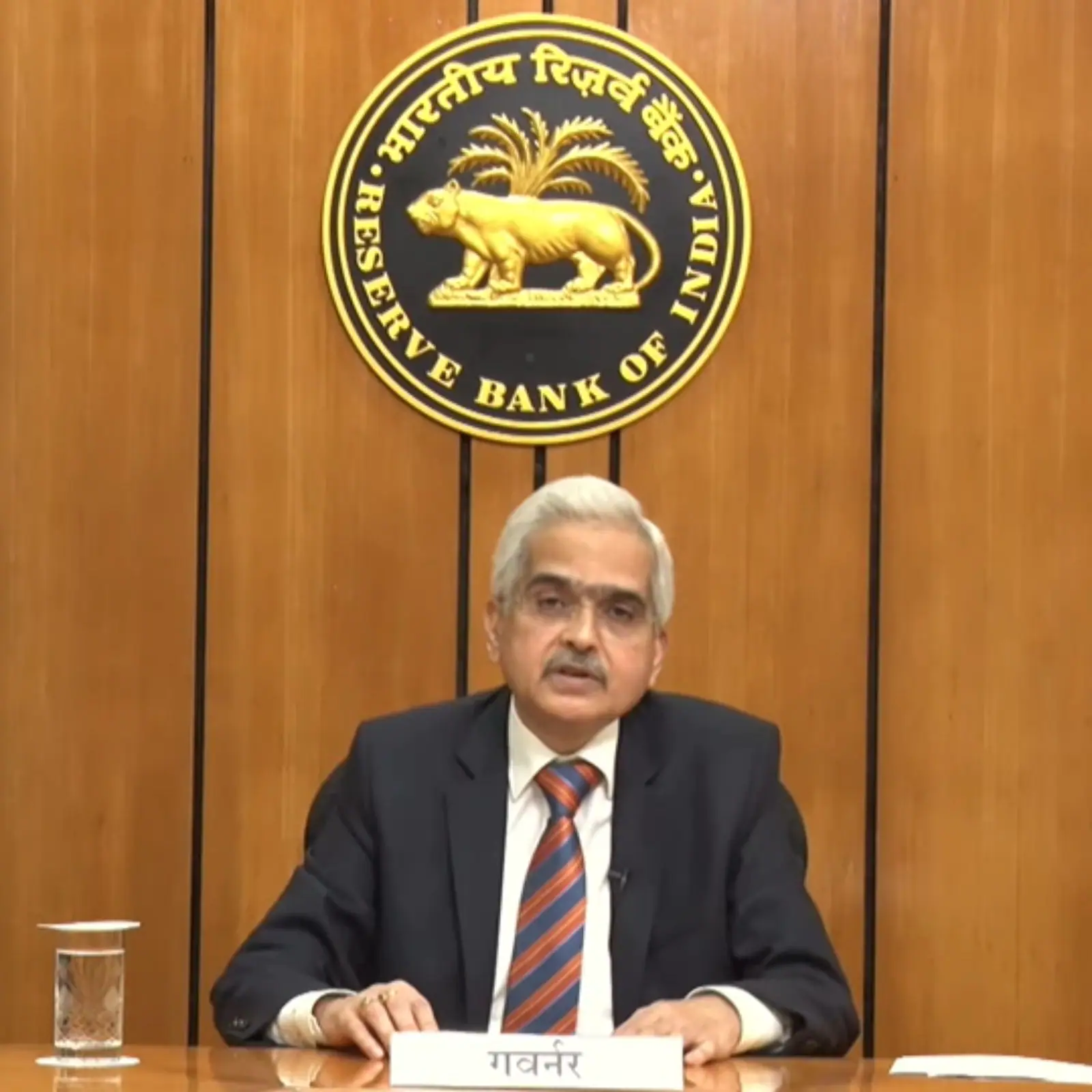India’s Monetary Policy 2023: New Measures To Boost Economic Growth And Stability
Reserve Bank of India (RBI) governor Shaktikanta Das made a statement on Wednesday regarding the Monetary Policy of the central bank for the year 2023. The Monetary Policy Committee (MPC) of the RBI met for three days starting from 6th February to take these decisions.

Reserve Bank of India (RBI) governor Shaktikanta Das made a statement on Wednesday regarding the Monetary Policy of the central bank for the year 2023. The Monetary Policy Committee (MPC) of the RBI met for three days starting on 6th February to take these decisions.
Monetary policy in India is determined by a number of factors, including the country’s economic conditions, inflation levels, and interest rates. The Reserve Bank of India (RBI) generally utilizes monetary policy to restrain inflation and maintain economic stability.

One key tool that the RBI uses to influence monetary policy is the repo rate. When the RBI raises the repo rate, it makes it more expensive for commercial banks to borrow money, which encourages them to lend less money and keep interest rates high. When the RBI lowers the repo rate, it makes it cheaper for commercial banks to borrow money, which encourages them to lend more money and keep interest rates low.
In order to promote economic growth, the RBI has adopted a more accommodating monetary policy in recent years. This has included reducing the repo rate and boosting banking system liquidity. As per the statement, the repo rate was hiked for the sixth straight time and is now at 6.5%, an increase of 0.35% from the previous rate. This is the highest repo rate since March 2019. The reverse repo rate, however, remained unchanged at 3.35%.
The RBI raised the repo rate by 0.35 percentage points to 6.25% during the most recent MPC meeting, which was place in December 2022. This was the sixth straight increase in interest rates.
Governor Shaktikanta Das said on Wednesday that the Reserve Bank of India (RBI) had increased the repo rate by 25 basis points to 6.5 percent. The increase brings the cumulative hike in repo rate since May of last year to 250 basis points.
Governor Das stated that the rate hike is deemed necessary at this time and that the monetary policy will continue to be flexible and vigilant in regard to inflation. The repo rate is the interest rate that the RBI charges when commercial banks borrow money from the central bank.

The Governor of the Reserve Bank of India (RBI) recently made a statement in which he voiced optimism for the world economy and a decline in inflation rates.
The Monetary Policy Committee (MPC) of the RBI decided, with a 4:2 vote, to continue its focus on withdrawing accommodative policies. Furthermore, the RBI has projected India’s Gross Domestic Product (GDP) growth to reach 6.4 percent for the 2023-2024 fiscal year.
The Central Bank of India has released its projections for retail inflation in the next two fiscal years, estimating a rate of 6.5 per cent for 2022-2023 and 5.3 per cent for the following year. In response to the rising inflation, the Monetary Policy Committee (MPC) decided to increase the Repo rate, the central bank’s key policy rate, by 35 basis points to 6.25 per cent in December 2022.

RBI Governor Shaktikanta Das made a statement on Wednesday regarding the current global economic outlook. He said that the outlook has improved compared to a few months ago and growth prospects in major economies have been boosted. Although inflation remains elevated in these countries, it is slowly descending.
The Central Bank’s projections are seen as a cautious yet optimistic outlook for the economy, and the MPC’s actions to control inflation are being viewed as responsible measures to keep the economy stable.
In a recent statement, a financial expert has highlighted the severe challenges that monetary policy is facing in light of the unprecedented events of the past three years. The expert pointed out that emerging market economies are facing a tough balance between boosting economic growth, controlling inflation and maintaining their policy credibility.
This important development serves as a reminder of the urgent problems with monetary policy that exist everywhere. Additionally, the Reserve Bank of India (RBI) has announced its plans to launch a pilot project aimed at improving the distribution of coins among the general public. The project entails the installation of coin vending machines that use QR codes and is being carried out in cooperation with a few prominent banks (QCVMs).
In a statement, RBI Governor Shaktikanta Das announced the launch of the QCVMs, describing them as cashless coin dispensation machines that will dispense coins to customers through a debit to their bank account using the Unified Payments Interface (UPI). The announcement was made as part of the central bank’s monetary policy statement on Wednesday.
Unlike traditional cash-based machines, the QCVM eliminates the need for physical banknotes and their authentication.
According to Mr. Das, the pilot project is set to be launched in 19 locations across 12 cities in the country. To make the machines easily available to clients, they will be placed in well-known public locations such as train stations, shopping centres, and marketplaces.
Edited by Prakriti Arora




